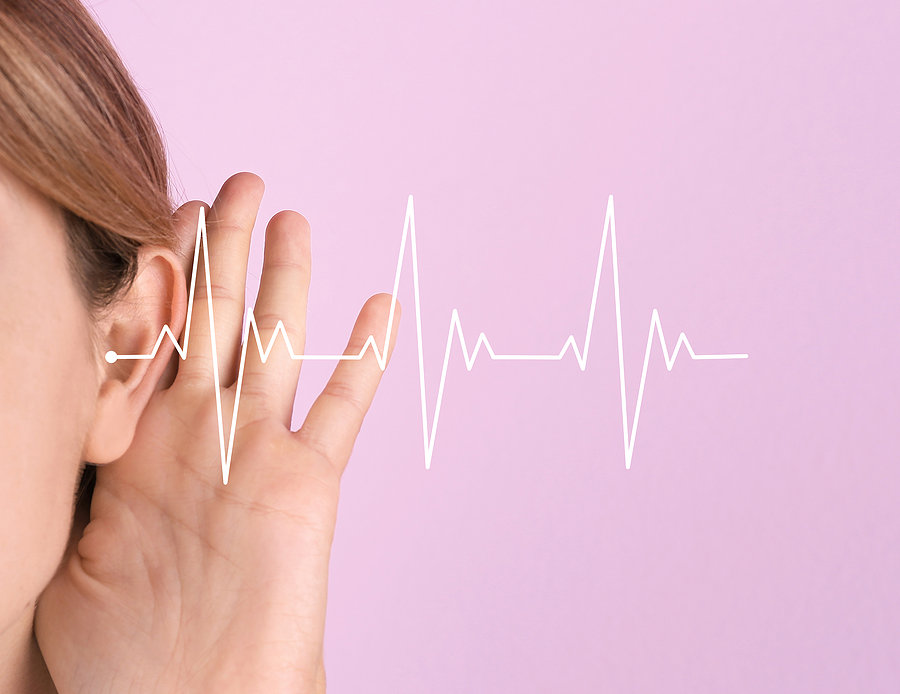Emergencies and unforeseen events can happen at any time, requiring us to be prepared for the unexpected. For individuals with hearing aids, proper emergency planning is crucial to ensure their safety and well-being. In this guide, we’ll explore the importance of incorporating hearing aid considerations into emergency preparedness plans, empowering those with hearing loss to navigate challenging situations with confidence.
The Impact of Emergencies on Individuals with Hearing Aids:
During emergencies, communication is key, and this is especially true for individuals with hearing aids. Power outages, natural disasters, or evacuation situations can pose unique challenges for those relying on these devices for everyday interactions. Therefore, tailoring emergency plans to address the specific needs of individuals with hearing aids is essential.
Key Considerations for Emergency Preparedness:
Power outages are common during emergencies. Ensure that you have a portable power source, such as spare batteries or a charging kit, to keep hearing aids operational. Regularly check and replace batteries to avoid unexpected failures.
Protect Hearing Aids from Water and Debris:
In emergency situations, exposure to water and debris is a real risk. Invest in water-resistant or waterproof covers for hearing aids to prevent damage. Store hearing aids in a protective case when not in use.
Create an Emergency Communication Plan:
Establish a clear communication plan with family members, neighbors, or caregivers. Ensure that everyone involved is aware of the individual’s hearing needs and knows how to effectively communicate, whether through writing, gestures, or other visual cues.
Have a Backup Set of Hearing Aids:
If possible, maintain a backup set of hearing aids. This ensures continuity of communication in case of damage or malfunction. Keep the backup set in a readily accessible emergency kit.
Include Hearing Aid Supplies in Emergency Kits:
Assemble a comprehensive emergency kit that includes hearing aid essentials such as spare batteries, cleaning tools, and extra tubing or earmolds. Keep this kit in a designated and easily accessible location.
Stay Informed with Visual Alerts:
Many emergency alert systems use auditory signals. Individuals with hearing aids may benefit from visual alerts, such as flashing lights or vibrating devices, to ensure they receive critical information during emergencies.
Practice Emergency Drills:
Regularly practice emergency drills with a focus on communication strategies. This helps individuals with hearing aids and their support network become comfortable and efficient in executing the emergency plan.
Register with Local Emergency Services:
Some areas offer registration programs for individuals with specific needs, including hearing loss. Take advantage of these services to ensure that emergency responders are aware of and equipped to address hearing-related considerations.
In times of crisis, the ability to communicate and receive critical information is paramount. By incorporating hearing aid considerations into emergency preparedness plans, individuals with hearing loss can face challenges with resilience and confidence. Whether it’s having a backup power source, practicing effective communication strategies, or staying informed through visual alerts, every step taken contributes to a safer and more inclusive emergency preparedness approach.
Remember, preparation is the key to managing emergencies successfully. By taking the time to tailor plans to the unique needs of individuals with hearing aids, we can foster a community that is not only resilient but also considerate of the diverse needs of its members.

